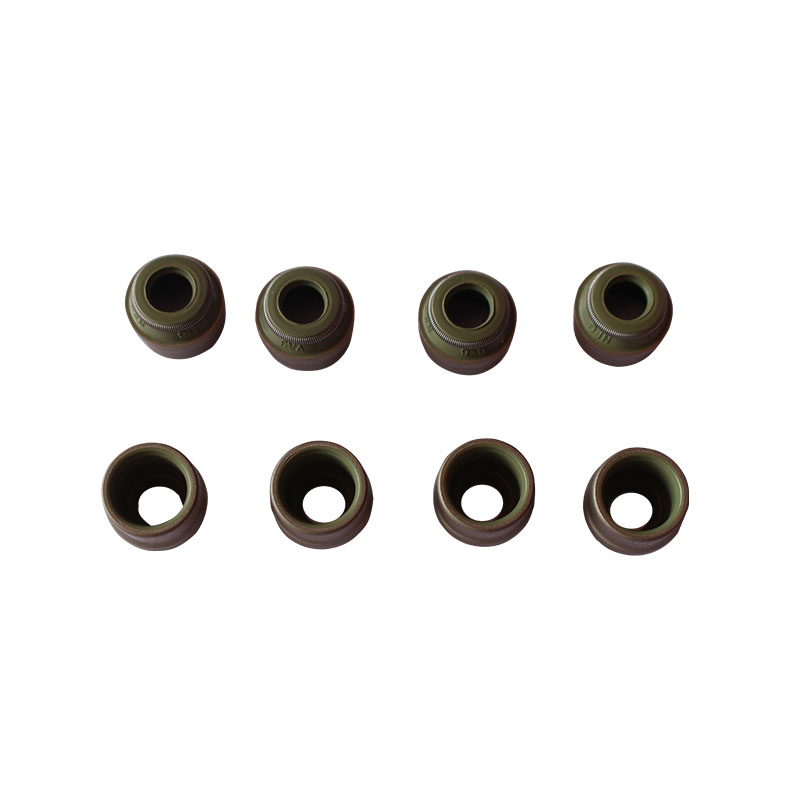Transaxle Seal Maintenance and Replacement Tips for Optimal Vehicle Performance
Understanding Transaxle Seals Their Importance and Functionality
Transaxle seals play a critical role in the efficient operation of vehicles, serving as vital components in both automatic and manual transmission systems. These seals are essential for maintaining fluid integrity and preventing leaks, which can lead to severe mechanical issues if left unaddressed. In this article, we will explore the significance of transaxle seals, how they function, and the potential implications of neglecting them.
At its core, a transaxle is a component that integrates the transmission and axle into a single unit. This design is particularly common in front-wheel drive vehicles. Transaxle seals are located at various points within this assembly, including at the input shaft, output shafts, and where the transaxle connects to the engine. They are typically made from durable materials such as rubber or silicone, designed to withstand high temperatures and resist the degrading effects of transmission fluid.
The primary function of transaxle seals is to contain the transmission fluid, ensuring it remains within the system where it can effectively lubricate gears and prevent overheating
. Additionally, seals help to keep dirt and debris from entering the transmission, which can severely affect performance and longevity. A properly functioning transaxle seal will ensure that the transmission operates smoothly, enhancing the vehicle's overall performance and reliability.transaxle seal

Over time, transaxle seals can wear out due to constant exposure to heat and friction, leading to potential leakage. Signs of a failing seal may include fluid spots under the vehicle, changes in transmission performance, or unusual noises during operation. If a leak is spotted, it is crucial to address the issue promptly. Ignoring a leaking transaxle seal can lead to low fluid levels, resulting in poor lubrication and ultimately causing expensive transmission damage.
Regular maintenance is key to prolonging the life of transaxle seals. Vehicle owners should monitor transmission fluid levels and check for any signs of leakage. Routine inspections by a qualified mechanic can help identify potential issues before they escalate into more significant problems. If a seal is found to be leaking, replacing it is a relatively straightforward process that can save vehicle owners from costly repairs down the line.
In conclusion, transaxle seals are vital components that contribute to the overall health of a vehicle's transmission system. Their primary role in containing transmission fluid and preventing contamination underscores their importance. By recognizing the signs of wear and conducting regular maintenance, vehicle owners can ensure their transaxle seals function effectively, ultimately extending the life of their transmission and enhancing vehicle performance. Taking timely action to repair or replace worn seals can prevent minor issues from developing into major, costly repairs.
-
Your Essential Guide to Car Repair Kits: From Rust to Dings
News Jun.13,2025
-
Understanding Vital Engine Seals: Key Gaskets in Diesel and Performance Engines
News Jun.13,2025
-
The Vital Role of Bearings in Marine and Boating Applications
News Jun.13,2025
-
Sealing the System: A Complete Guide to Engine Oil Gaskets
News Jun.13,2025
-
Sealing the Foundation: A Complete Guide to Engine and Transmission Pan Gaskets
News Jun.13,2025
-
Essential Bearings and Hubs for Marine Vessels and Trailers
News Jun.13,2025
-
Your Complete Guide to Automotive Oil Drain Plugs and Valves
News Jun.12,2025
Products categories















